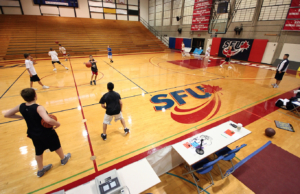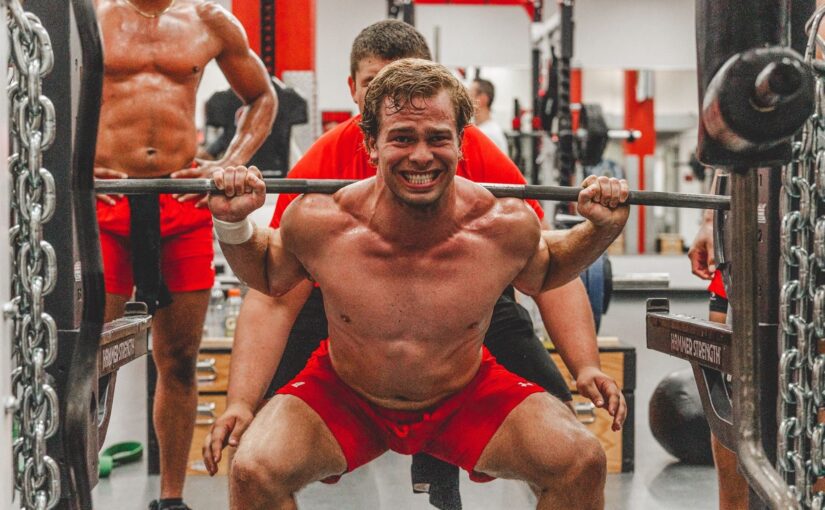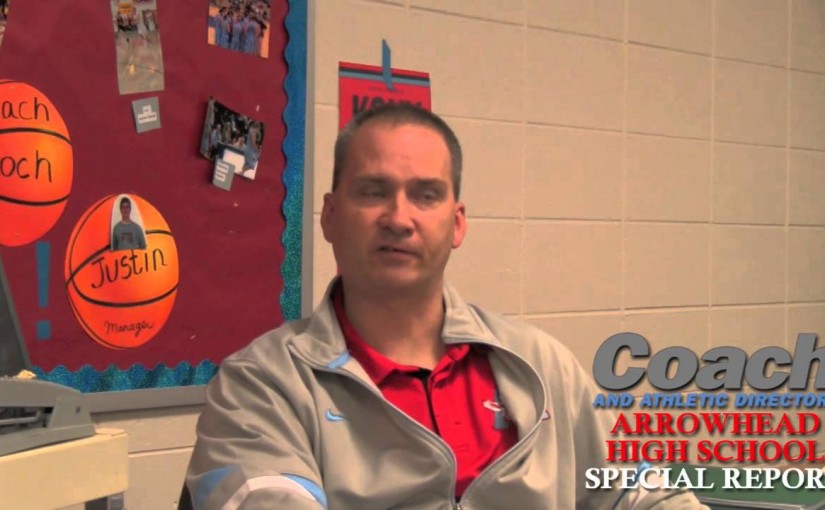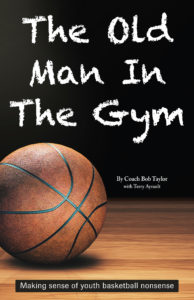Maximizing your conditioning sessions
School has started, which means its time to organize your preseason workouts. In addition to maximizing strength and explosiveness training, your primary concern is to condition your team for the upcoming season. You might not have all of your potential players due to fall sport participation or injuries, however, you need to prepare those whom are there for rigors of the game. The demands of basketball are unique and you should design your conditioning based on the uniqueness of the game.
Basketball is defined by quick runs and sprints with rest during stoppages of play. This unique demand makes basketball an anaerobic sport. Anaerobic means without oxygen.
During basketball your body performs quick sprints, jumps and bounds without the help of oxygen versus other sports where breaks are minimum and require more oxygen for performance (i.e. long distance running, soccer and others). Estimates are that as much as 85 percent of your energy comes from anaerobic means.Since basketball is an anaerobic dominant sport, you should condition in the same manner. This means out with long-distance conditioning and in with anaerobic-based programming. Given the large percentage of your conditioning demands that come from anaerobic means, you should focus the majority of our days on anaerobic conditioning. Focusing on anaerobic conditioning requires you to design your conditioning around interval drills.

Think about your games. A few plays are run and there is a stoppage of play for timeouts, out of bounds calls, fouls, etc. This is why basketball proceeds in an interval like fashion.
Interval training is based on the work time versus rest time, which is called the work-to-rest ratio. Work is defined by the time moving and playing, and rest means the amount of time a player can recover.
The research states that the work to rest ratio in basketball is 1:3.6, meaning that for every 10 seconds of activity, there is 36 seconds of rest.
Since this is the case, design your conditioning runs to match this ratio and for every second your players are running, allow for three to four times the amount of rest.
Interval organization
Split your team into groups of three or four. Have one group perform the sprint, drill or movement for 10 to 60 seconds. Then allow the same group to rest while the proceeding groups perform the same drill.
For example, split your team into groups of three and have them perform a suicide. Next, allow the same group to rest while the others perform their runs. Keep your runs and movement drills at a high intensity rate.
Perform this type of conditioning for two to three days per week.
Run distance
I’m not telling coaches to eliminate their long runs, but make it a minimum part of the conditioning plan. Limit long runs to one day per week.
The distance should be based on data that we currently have available. There are many studies predicting the distance run by basketball players during games. Many have suggested that the average miles run by a basketball player is between four and six. This is not correct.
Currently the NBA tracks every single player movement on the court. The system is in most arenas and is designed to give the team’s player specific data. Only four players averaged more than three miles run per game: Jimmy Butler, Nicolas Batum, Damian Lillard and Chandler Parsons. Also considering that your games are not as long and fast as an NBA game, when designing your long distance program, limit your players to two or three miles total.
Your long distance work to rest ratio should be 1:1 or 1:0 (long run without rest).
You are not only conditioning the heart and but also the actual muscles for the demands of the game. There are multiple movement patterns that occur in the game. Add at least one day that includes side shuffles, crossover runs, skips and other movement patterns that are common in the game.
Research states that the average player participates in 105 forward sprints and 63 high intensity lateral and back shuffles and 114 medium intensity movements. Make sure your training program fits what your players are doing on the court.
Courtney Campbell is the head strength and conditioning coach at Gainesville High School (Fla.) and owner of Train To Ball.
References
- McInnes SE, Carlson JS, Jones CE, McKenna MJ. (1995). The physiological load imposed on basketball players during competition. J Sports Sci 1, 387-397.
- Abdelkrim B, Castagna C, Jabri I et al. (2010). Activity profile and physiological requirements of junior elite basketball players in relation to aerobic and anaerobic fitness. J Strength Cond Research 2, 230-232.










